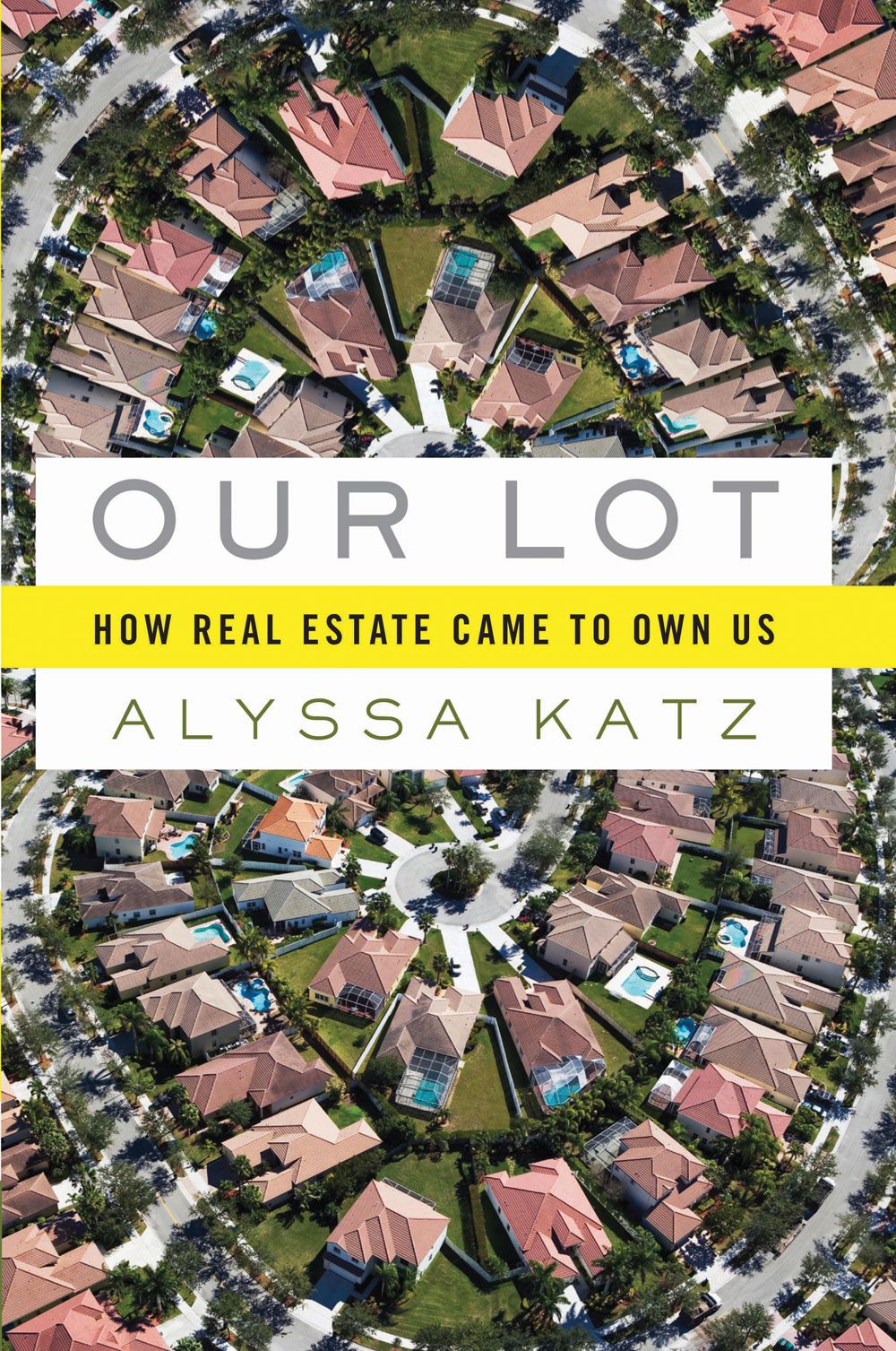The scariest part of Katz’s book is all the smart people who helped cause the crisis. It was not just the business world and the Republicans. Katz implicates the best and brightest liberals. “President Clinton,” Katz writes, “chased the real-estate industry like a horny prom-date suitor.” Clinton’s Housing and Urban Development Secretary Henry Cisneros, referred to renters as “lifers as if they were in prison.” Michael Stegman, who headed policy development under Clinton and Clinton’s FHA chief Nicolas Retsinas both bought into a homeownership strategy powered by a menu of deregulation, written by the real estate industry and who pushed lenders to commit to new markets and looser underwriting. Retsinas, as Katz notes, went out on the line to turn FHA into an independent authority so it could be competitive with private products. The Clinton administration started “planting new homeowners like seeds in rocky soil.”
Katz lets them a little off the hook when she suggests that part of the reason they went along with the Republican program was to protect HUD from being completely dismantled by the Republican Congress. Even so, with their help, the real estate and financial services industry manipulated the noble American goals of homeownership and economic growth turning homes into profit making investments rather than places to live.
What Now?
I have one quibble with Katz. She roots government support for the dream of home ownership in the 1920s, when then-Secretary of Commerce Herbert Hoover launched a campaign that equated home buying to the “physical, mental, and moral fiber of one’s children.” It’s a nice piece of historical research, but the American dream of owning a home actually goes back further. And the policies designed to promote it were better. President Abraham Lincoln passed the Homestead Act, giving squatters free grants of federal land in exchange for a promise to improve it, farm it or reside there for at least five years. Hundreds of thousands of individuals received land grants, and succeeded as farmers. Even though most of those were not poor, but rather of moderate means, able to afford the cost of travel supplies, and equipment, “homesteading,” which made a slight comeback in the mid-1980s, may have been the last sound policy to promote homeownership for the poor in America.
Katz ends her analysis with an epilogue calling for sensible regulation that will prompt a return to more rational consumer behavior. It’s a tour de force, and alone it’s worth the price of the book. She optimistically observes that for the first time in a generation, active citizens have a chance to influence national policy. Our Lot: How Real Estate Came to Own Us, in discussing the roots of our homeownership obsession, proves to be a remarkably thorough and perceptive analysis of the recent housing bubble, how the bubble contributed to the current recession, and what we should do to avoid another bubble And it’s a great read.





Comments